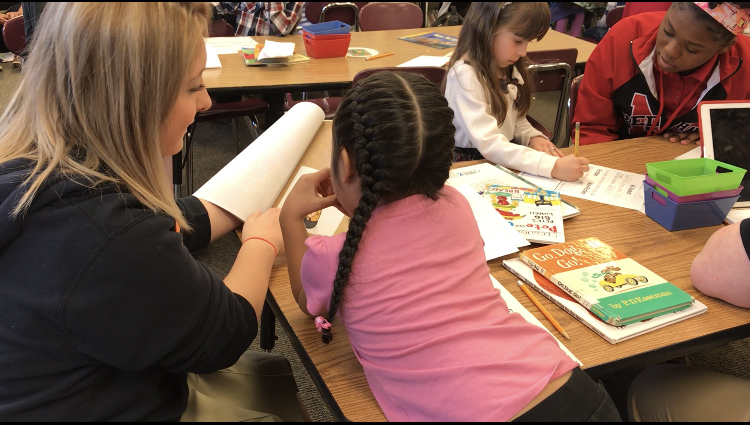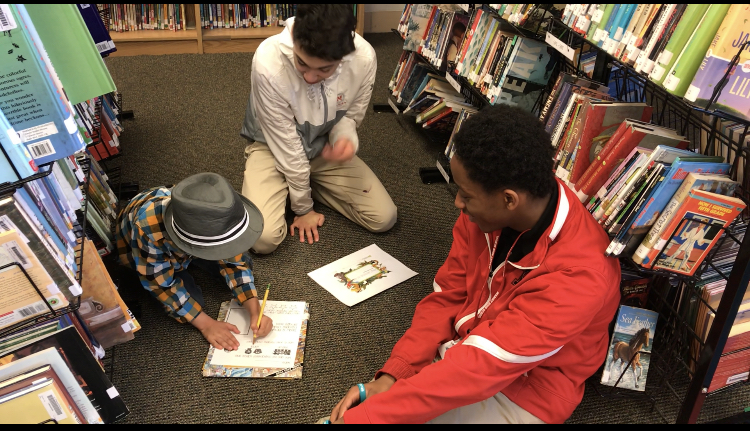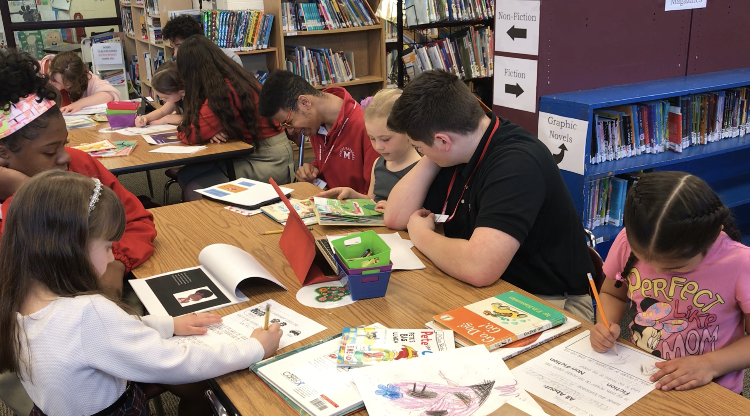When my school went one-to-one with iPads five years ago, I was most excited about the opportunities it could open up for my students to create for authentic audiences. At the time, I was teaching senior literature, writing courses, and a speech class. I couldn’t wait to see the possibilities this new technology held for my students.
This experience turned out to be more like navigating a wide open road that looks thrilling and inviting, but eventually fizzles out in a dead end. My students wrote and created many different products: websites, digital posters, blogs. These projects were easier with the iPad, to be sure. The authentic audience piece, however, was where I found myself hitting that dead end. Websites were viewed only by me. Blogs were viewed by other students in the class, and maybe an interested parent here or there. Often, it felt like we were creating flashier versions of papers and bulletin boards. My students were learning and creating, but they were not reaching the authentic audience I had envisioned.
And so, I worked tirelessly to tackle this issue head on and solve it, devoting all my limited free time to finding a solution… yeah, right. Every teacher reading this knows I’m joking. As much as I wanted to solve the “authentic audience” puzzle, I didn’t devote all my spare time to solving it. I moved on and accepted that this was how it would be. At least my students were getting use out of this tool and the administration seemed happy with my teaching. The authentic audience piece was more of a personal goal, so, like many things in my teaching that were not mandated, it was brushed to the side.
Then one day, at a baby shower, I was talking with another teacher friend about teaching, which of course thrilled all of our non-teacher friends who swiftly found other subjects to talk about. Left to our own devices, we soon found ourselves discussing our two very different, but in some ways still similar, situations. She was teaching kindergarten at a school about twenty minutes from mine. I was currently teaching sophomores who were struggling readers. It was my first year working with this population and I was struggling to motivate them. My friend was looking to introduce more positive role models into her kindergartners’ lives.
“What if we introduced our classes?” she suggested. “Wouldn’t that be cool?” We agreed that it would be very cool, but what would be the goal?



